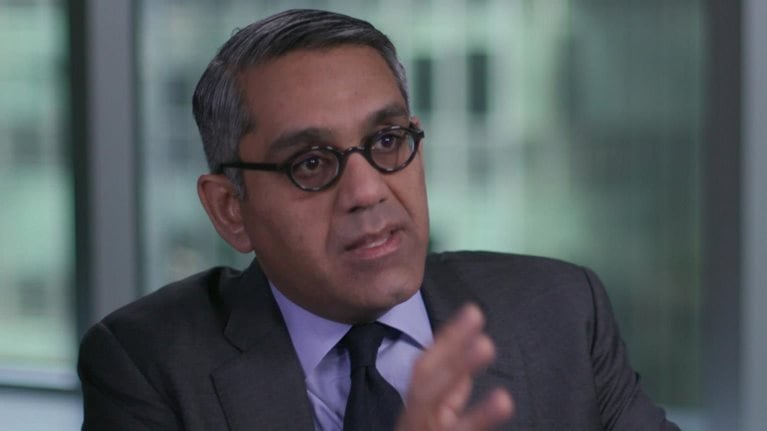Our ongoing research on private markets shows them continuing to rise, but what of the competitive dynamics between traditional asset managers and alternative asset managers? In this video, McKinsey partner Ju-Hon Kwek talks through ways the two worlds are converging and looks at what’s ahead for 2018. An edited transcript of his remarks follows.
Five years ago, we coined the phrase “the $1 trillion convergence.” And this was really a phrase to describe the coming together of the worlds of alternative asset management, on the one hand, and traditional asset management, on the other.
When we look at the world today, I think we can safely say that convergence has happened and is happening. When you look at many of the large global asset managers, a good number of them actually have sizable, and in some cases thriving, alternatives and private markets franchises, particularly in areas like real estate, infrastructure, and credit. And they’re certainly committed to growing those. Ironically, when you look at many of the large private equity firms, many of them have now gone multiproduct and are calling themselves alternative asset managers.
So, I think the world of convergence has actually come full circle. The traditional asset managers are looking at the growth of the private markets with great interest. To them, I think it’s both an offensive play and a defensive play. Offensively, they look at the incredible demand, the surge of demand, from their clients, and they see in that an opportunity to really use private markets products as a building block for portfolio-level solutions.
Would you like to learn more about our Private Equity & Principal Investors Practice?
Defensively, they’re looking at their core franchises, and they’re looking at the pressure that those core public market franchises are under from trends like passive investing. Private markets offer pretty significant advantages in terms of growth and margin potential. So, there’s a defensive element to this, as well.
I should also probably mention that one of the real advantages that traditional asset managers bring to the space is distribution. The large global asset managers have an at-scale distribution infrastructure that’s really optimized to take product to a mass of highly dispersed investors.
Now, that could be small institutions that are spread out globally, or that could be retail investors. And those pools of investors, in some ways, are large, sizable pools of capital that are growing, where, frankly, private markets penetration is very, very, very shallow.

The rise and rise of private equity
So, how do we think the competitive dynamics will play out between the two sides, the traditional asset managers on the one hand and the alternative asset managers on the other? Our sense is that we’re moving into an era of coopetition. For the largest of these players on both sides—the big global asset managers, the big global alternative asset managers—there will continue to be fierce competition as they increasingly encroach onto each other’s turf.
The $1 trillion convergence will continue apace. For the slice of managers in the middle, the smaller to midsize asset managers and the smaller to midsize alternative managers, I think there’s an opportunity for partnership.
Finally, I think there’s a bit of a mating dance that happens as large traditional asset managers seek to build out specialized private markets capabilities and target acquisitions of specialized alternatives firms.
Two interesting things to watch out for in 2018: one will be a big push on the part of alternative and traditional asset managers to build out retail distribution. How do you take private markets product and push that out to individual investors? That will be a big theme and an opportunity for lots of innovation. The second theme will be M&A, particularly from large, multiproduct asset managers that are seeking to build out specialized alternative capabilities.

